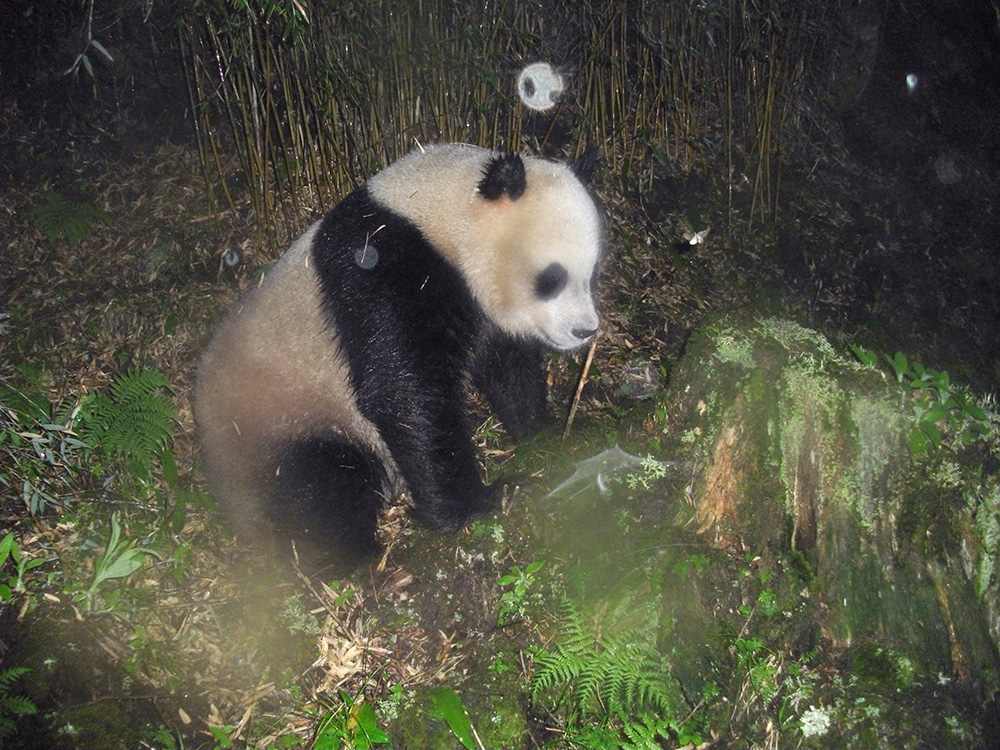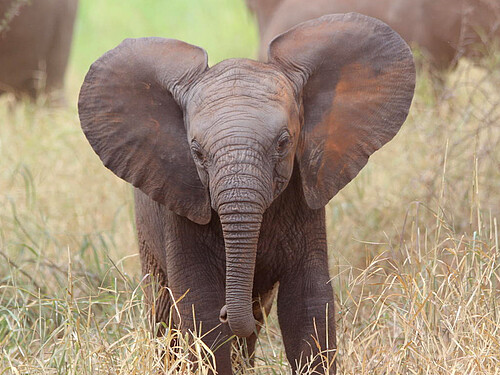WILD PANDA POPULATIONS REMAIN LOW
The last Chinese National survey on the Giant Panda shows that, thanks to the years of continuous giant panda conservation efforts, the number of giant pandas in the wild has slowly increased in the past - from 1,600 to 1,864. However, because of ongoing habitat degradation, fragmentation, and loss, the giant panda population is divided into 33 isolated sub-populations. Among them, 22 sub-populations have less than 30 individuals. Plus, the panda population in one of their major habitats in Liangshan, China, is estimated to have only 124 left. Pandas are still threatened!
THREATS
Wild pandas also face habitat loss and fragmentation from increased infrastructure development and illegal logging. These have fragmented and isolated panda populations, and are preventing pandas from finding new bamboo forests and potential mates.
© 大熊猫国家公园都江堰管护总
(Wild panda finding water in the snow)
DONATE NOWWHY IS PANDA CONSERVATION STILL IMPORTANT
PREVENTING EXTINCTION
Panda populations remain scattered and vulnerable, continued protection and conservation is needed to avoid extinction.

MAINTAINING BIODIVERSITY
Pandas are an “umbrella species” that confers protection on many other species that share their habitat. When we protect pandas, we protect other valuable species like golden monkeys, takins, red pandas, and many more.

PRESERVING WATER SUPPLIES AND AVOIDING NATURAL DISASTERS
Panda habitats supply people with fresh water, and protecting the forests where they live reduces disaster risk from flooding, tidal surges and landslides.












